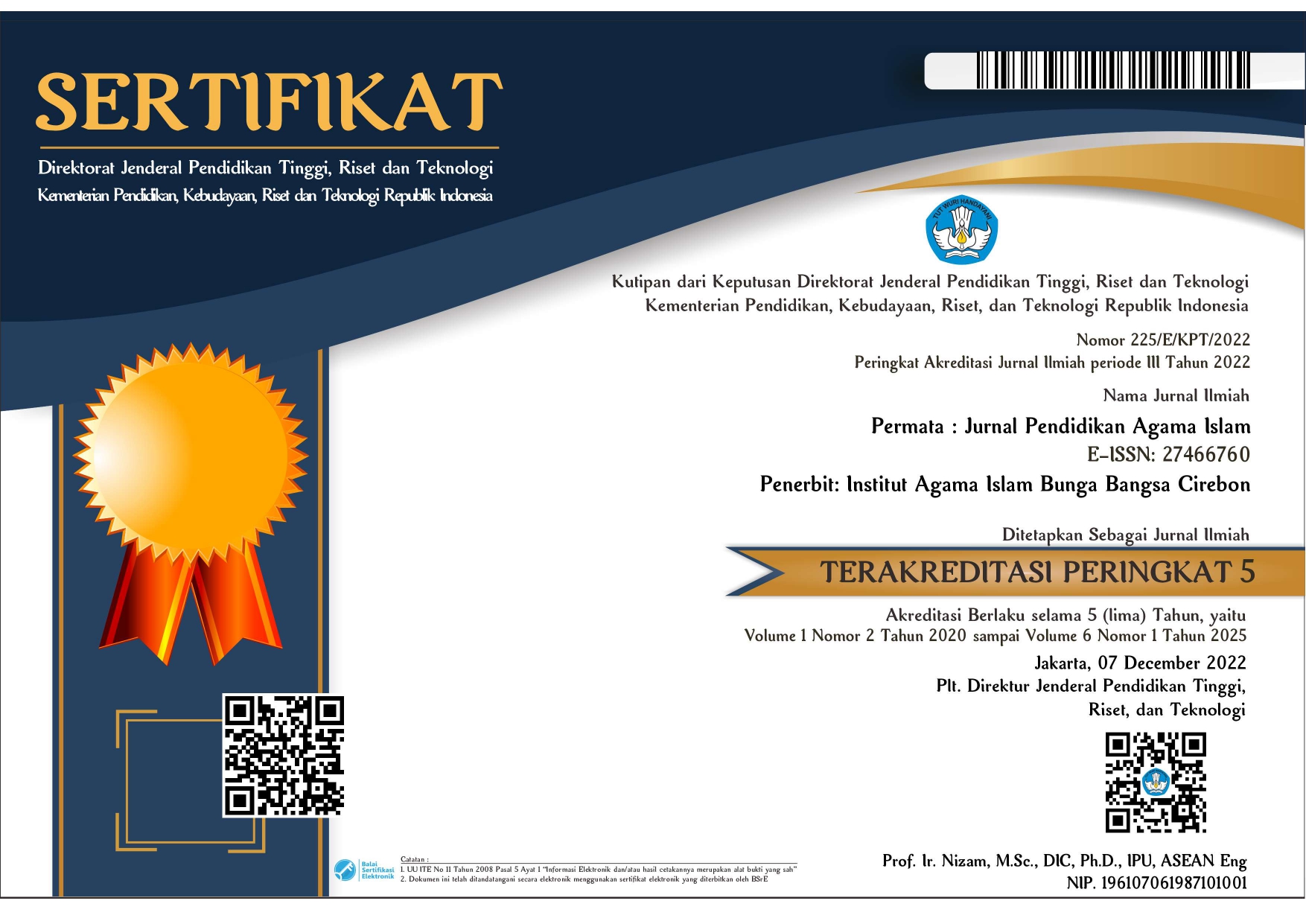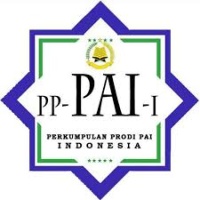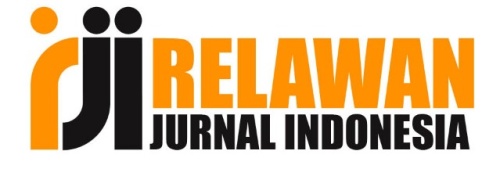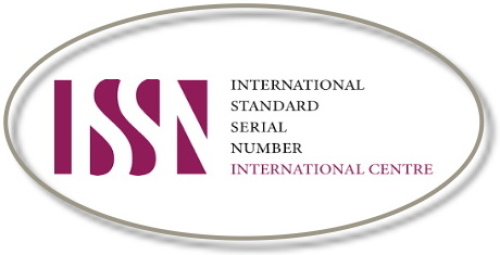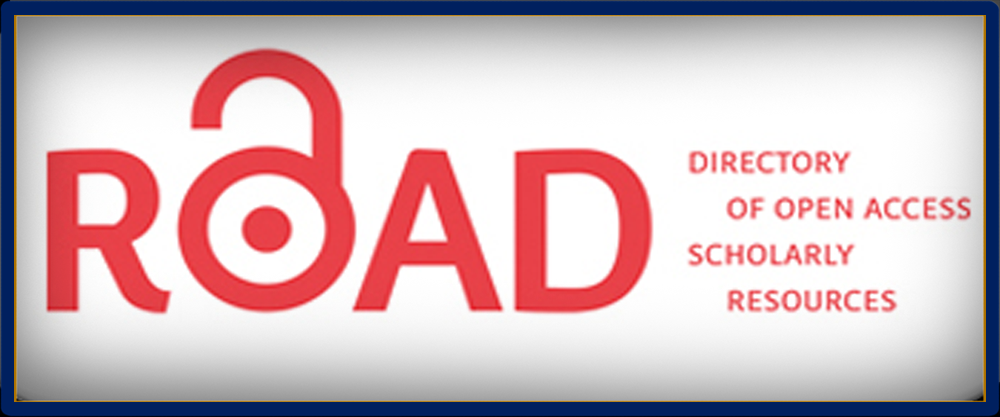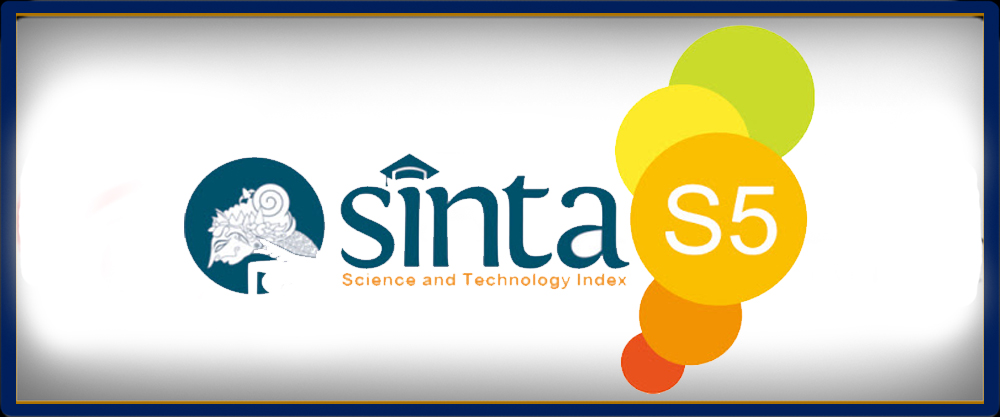Evaluasi Program Tahsin Al-Qur’an Metode Tashili di SMP Islam Qurani Al-Bahjah Cirebon
Abstract
This research discusses the evaluation of the Quranic memorization program using the tashili method at SMP Islam Qurani (SMPIQu) Al-Bahjah Cirebon. The study is motivated by the importance of reading the Quran correctly, leading many Islamic schools to implement Quranic memorization programs. In Quranic memorization learning, a method is needed to assist students in easily reading the Quran. This memorization program aims to guide students in reading the Quran correctly and proficiently. The purpose of this research is to determine the effectiveness of the Quranic memorization program using the tashili method at SMPIQu Al-Bahjah Cirebon. The research is designed to delve into and develop understanding related to the effectiveness of the Quranic memorization program using the tashili method as the primary approach. The main focus of this research is to assess the extent to which this program can improve students' ability to read the Quran correctly and proficiently.
This qualitative research employs descriptive qualitative research methods with a field research approach and the CIPP (Context, Input, Process, and Product) evaluation model. Data collection is carried out through interviews, observations, and documentation of program implementation. The collected data is then analyzed descriptively through data reduction, data presentation, and conclusions.
The results of this research indicate that the Quranic memorization program is quite effective, with overall learning outcomes achieving the desired targets. Input evaluation suggests improvements in the selection of new students based on their knowledge of Quranic reading, aiming to expedite the acceptance process if conducted before admission. Process evaluation shows that the teaching schedule is well-organized as it is integrated into the teaching and learning activities. Outcome evaluation concludes that overall implementation of the Quranic memorization program at SMPIQu Al-Bahjah Cirebon has experienced a significant improvement. This research provides a valuable contribution to the understanding and evaluation of the effectiveness of Quranic memorization programs in the Islamic education environment.
Keyword : Program Evaluation; Tahsin Al-Quran; Tashili Method
Downloads
References
Annuri. (2019). Panduan Tahsin Tilawah Al-Qur’an dan Tajwid. Pustaka Al-Kautsar.
Asyarofah, W., Vidiati, C., & Selasi, D. (2023). Pemahaman Berinvestasi Melalui Financial Technology (Fintech) Pada Generasi Gen Z. Bridging Journal of Islamic Digital Economics and Management, 1(1), 164-171.
Djuanda, I. (2020). Implementasi Evaluasi Program Pendidikan Karakter Model CIPP (Context, Input, Process dan Output). Al Amin: Jurnal Kajian Ilmu dan Budaya Islam, 3(01), 37-53. https://doi.org/10.36670/alamin.v3i1.39
Doyok, R. (2021). Model Evaluasi CIPP dalam Mengevaluasi Program Tahfiz Selama Daring di SMP Islam Al-Ishlah Bukittinggi. Ideas: Jurnal Pendidikan, Sosial, dan Budaya, 7(3), 73-82.
Fitriani, D. I., & Hayati, F. (2020). Penerapan Metode Tahsin untuk Meningkatkan Kemampuan Membaca Al-Qur’an Siswa Sekolah Menengah Atas. Jurnal Pendidikan Islam Indonesia, 5(1), 15-30. https://doi.org/10.35316/jpii.v5i1.227
Irsyadunnas. (2020). Studi Al-Qur’an & Hadist. Kopertais Wilayah III UIN Sunan Kalijaga Yogyakarta.
Kurniawati, E. W. (2021). Evaluasi Program Pendidikan Perspektif Model CIPP (Context, Input, Process, Product). GHAITSA: Islamic Education Journal, 2(1), 19-25.
Mahmudi, I. (2011). CIPP: Suatu Model Evaluasi Program Pendidikan. At-Ta'dib, 6(1). https://doi.org/10.21111/at-tadib.v6i1.551
Makhdlori, M. (2020). Mukjizat-Mukjizat Membaca Al-Qur’an. Diva Press.
Matondang, H. A., & Erdian, S. (2013). Alqur’an dan Sains (Suatu Sudut Pandang Terhadap Legalitas Penafsiran Sains Atas Al-Qur'an). Journal Polingua: Scientific Journal of Linguistics, Literature and Language Education, 2(1), 14-24. https://doi.org/10.30630/polingua.v2i1.53
Mufaizin, M., & Arafat, Y. (2020). Implementasi Metode Jibril dalam Meningkatkan Kemampuan Membaca Al Qur’an Kelas C2 Tahsin Tilawah Lembaga Takhassusul Qur’an Darul Hikmah. Al-Thiqah: Jurnal Ilmu Keislaman, 3(01), 39-54.
Muyana, S. (2017). Context Input Process Product (CIPP): Model Evaluasi Layanan Informasi. In Prosiding Seminar Bimbingan dan Konseling (Vol. 1, No. 1, pp. 342-347).
Nurhayani, N., Yaswinda, Y., & Movitaria, M. A. (2022). Model Evaluasi CIPP dalam Mengevaluasi Program Pendidikan Karakter Sebagai Fungsi Pendidikan. Jurnal Inovasi Penelitian, 2(8), 2353-2362. https://doi.org/10.47492/jip.v2i8.1116
Pinayungan, S. (2022). Implementasi Pembelajaran Tahsin Berbasis Metode Tashili di Pesantren Dairi Sidikalang (Doctoral Dissertation).
Ridwan, T., & Lutfy, A. (2019). Studi Deskriptif Program Tahsin Al-qur’an Metode Tashili di Lembaga Pengembangan Dakwah (LPD) Al-bahjah Kabupaten Cirebon. Syntax Idea, 1(3), 101-120. https://doi.org/10.46799/syntax-idea.v1i3.29
Yuniarti, I., Khodijah, N., & Suryana, E. (2022). Analisis Kebijakan Pendidikan Agama Islam di Sekolah dan Madrasah. Modeling: Jurnal Program Studi PGMI, 9(1), 182-207. https://doi.org/10.36835/modeling.v9i2.1162


